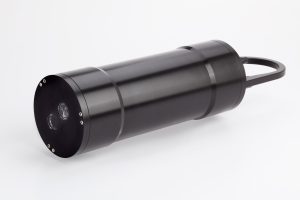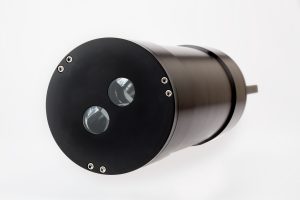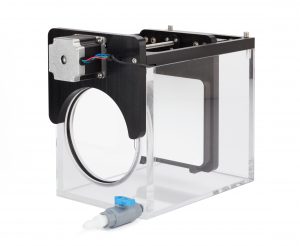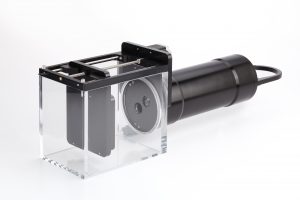Understanding the composition of suspended particles in the ocean is essential for unraveling biogeochemical cycles, assessing ecosystem health, and improving remote sensing algorithms. Among the suite of optical tools available to oceanographers, in situ hyperspectral backscattering measurements such as Sequoia’s Hyper-bb have emerged as a powerful technique for differentiating between various particle types such as phytoplankton, detritus, and mineral sediments.
Why Backscattering Matters
Backscattering refers to the fraction of light scattered in the backward direction by particles in water. It is a key component of the inherent optical properties (IOPs) of seawater and directly influences the apparent optical properties (AOPs) observed by remote sensing platforms. The spectral shape of backscattering is sensitive to particle size, composition, and refractive index, making it a valuable diagnostic tool.
The Hyperspectral Advantage
Traditional multispectral sensors measure backscattering at a few discrete wavelengths. In contrast, Sequoia’s Hyper-bb capture hyperspectral data from 430 nm to 700 nm in user-selectable wavelength intervals. This allows for finer discrimination of particle types. For example, the spectral dependence of backscattering by phytoplankton differs from that of mineral particles due to differences in cellular structure and pigment content. See also figure 5 in this article by Bricaud et al. (1983).
Recent studies have shown that hyperspectral backscattering can be used to:
- Identify phytoplankton functional types, such as diatoms vs. cyanobacteria.
- Quantify suspended particulate matter (SPM) and particulate organic carbon (POC).
- Distinguish living from non-living particles, for example ash and plankron, aiding in ecological assessments.
- Detect changes in phytoplankton cell size or composition.
Applications in Biogeochemical Research
Hyperspectral backscattering data are increasingly used to validate and refine satellite ocean color algorithms. For instance, retrievals of backscattering from hyperspectral radiometry have shown strong correlations with in situ measurements of pigment concentrations and SPM. This enables more accurate mapping of primary productivity and carbon fluxes from space. Hyperspectral backscattering instruments such as the Hyper-bb are needed to keep up with new hyperspectral ocean color satellites (e.g., PACE). In-situ hyperspectral backscattering will aid in ground-truthing and algorithm development for the next generation of satellites.
Moreover, hyperspectral data support the development of semi-analytical models that link optical measurements to particle composition. These models are crucial for interpreting remote sensing data in complex coastal and estuarine environments where particle types co-vary.
Hyperspectral backscatter data from Sequoia’s Hyper-bb are also used to investigate the influence of volcanic activity on phytoplankton growth and study the impact of the ash on ocean color as sensed by remote sensing satellites.
Conclusion
Commercial In situ hyperspectral backscatter instruments such as the Hyper-bb greatly aids our ability to decode the ocean’s particulate makeup. By leveraging hyperspectral data, biogeochemists and oceanographers can gain deeper insights into marine and other aquatic ecosystems, improve remote sensing accuracy, and enhance our understanding of global biogeochemical processes. May we finally mention that the Hyper-bb does NOT need to come back to Sequoia for calibration – scientists can do that themselves using the optional calibration tank.
- Hyber-bb
- Hyper-bb optics close-up
- Hyper-bb calibration tank
- Hyber-bb in calibration tank



